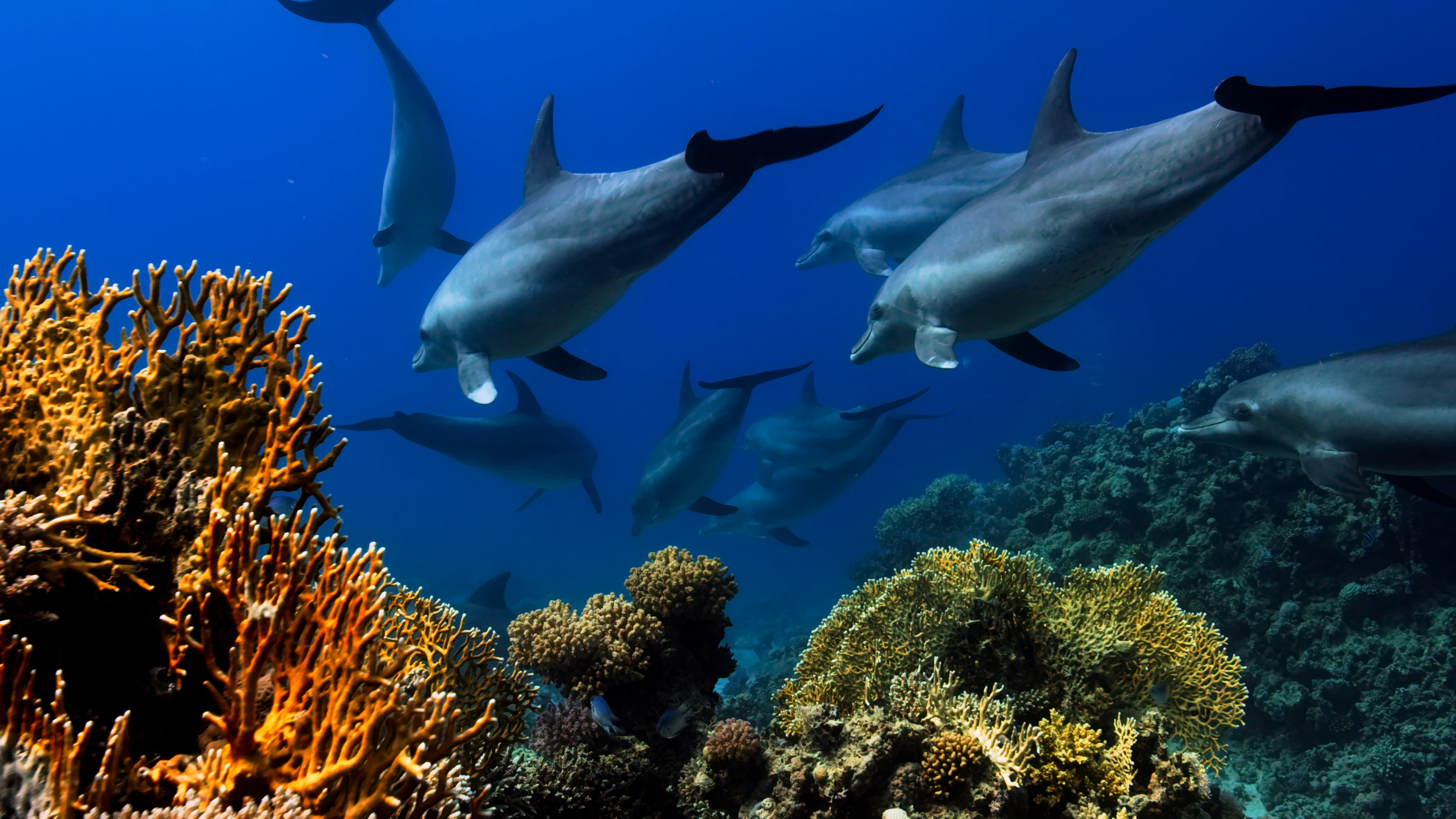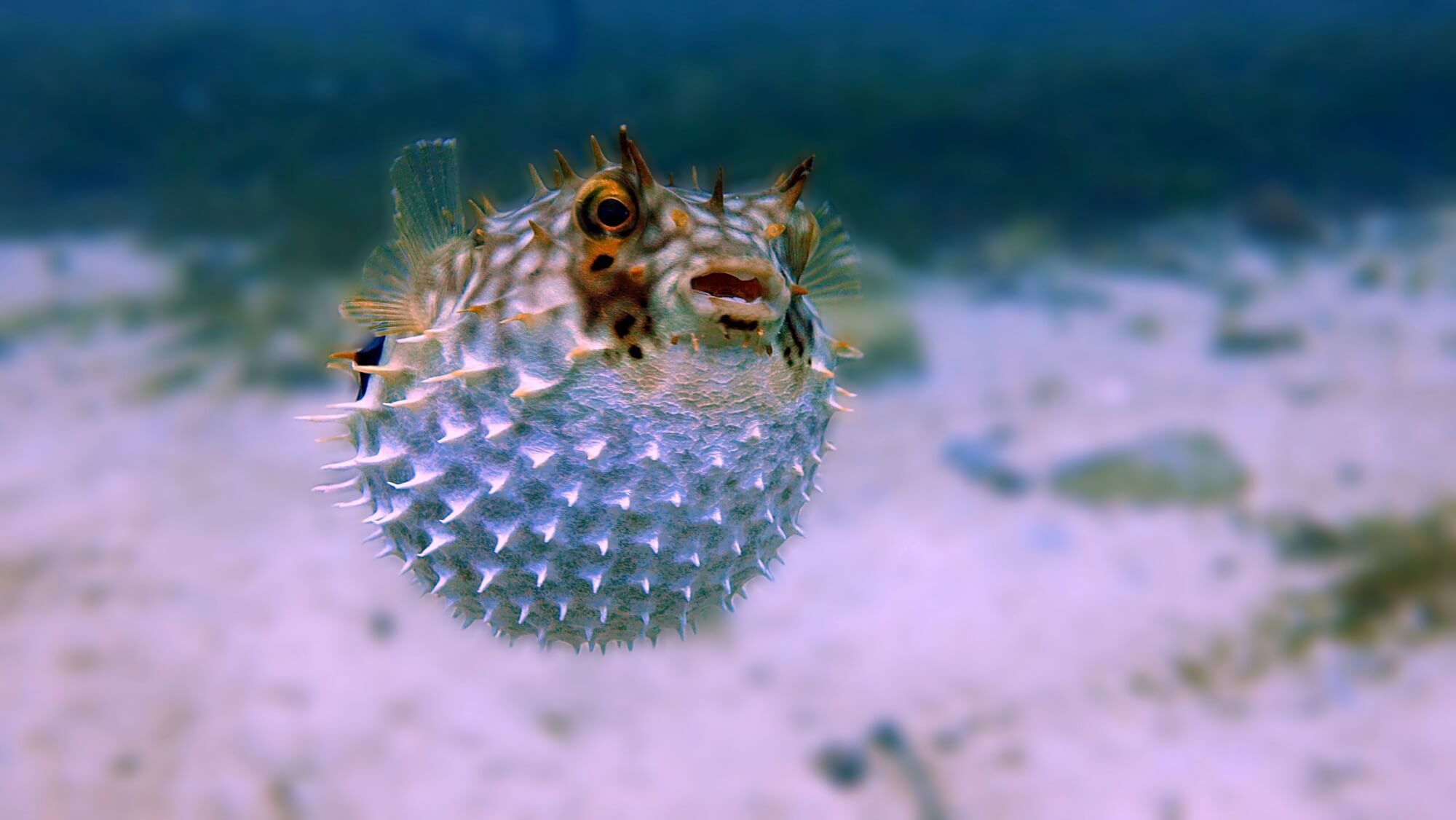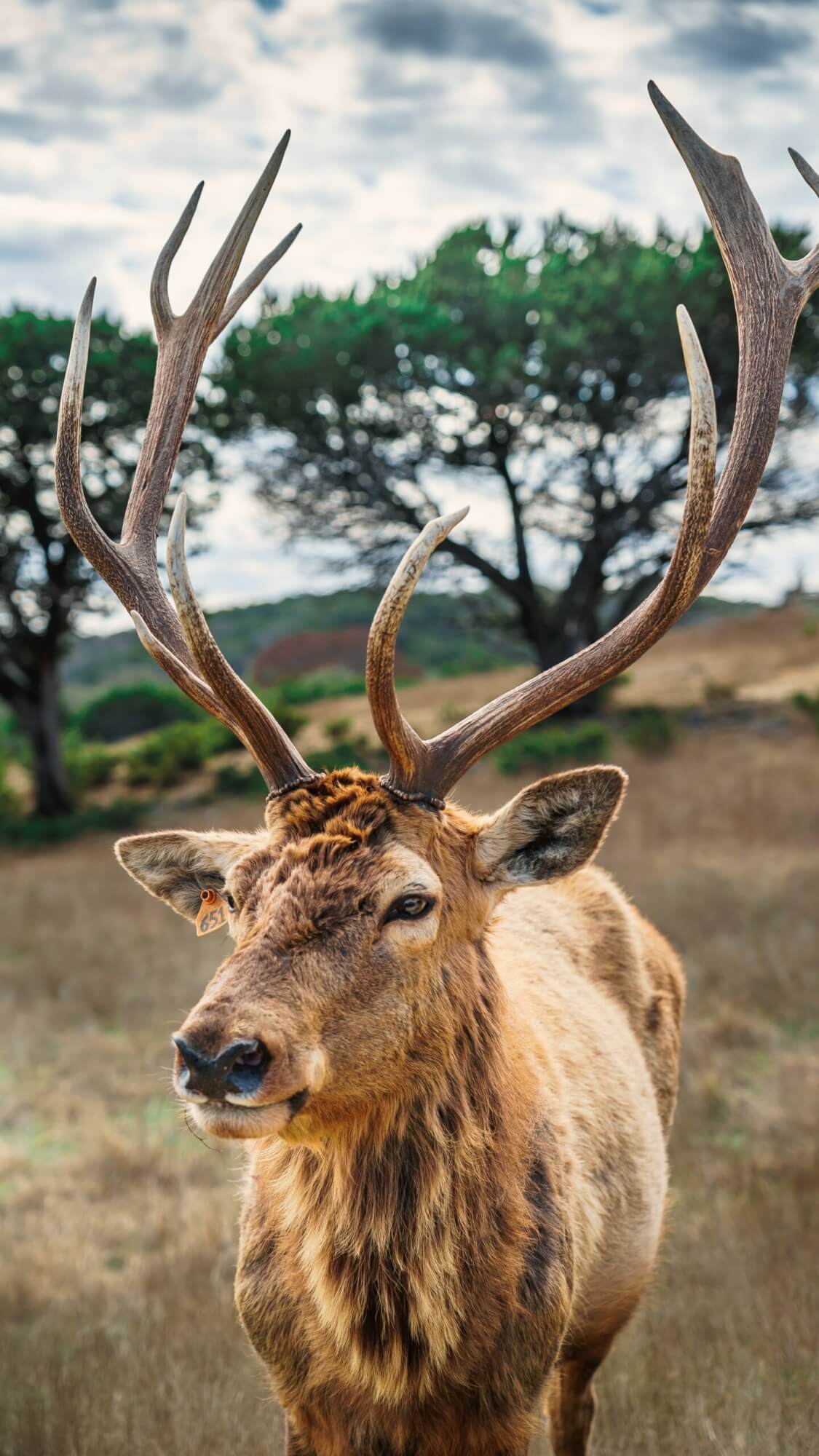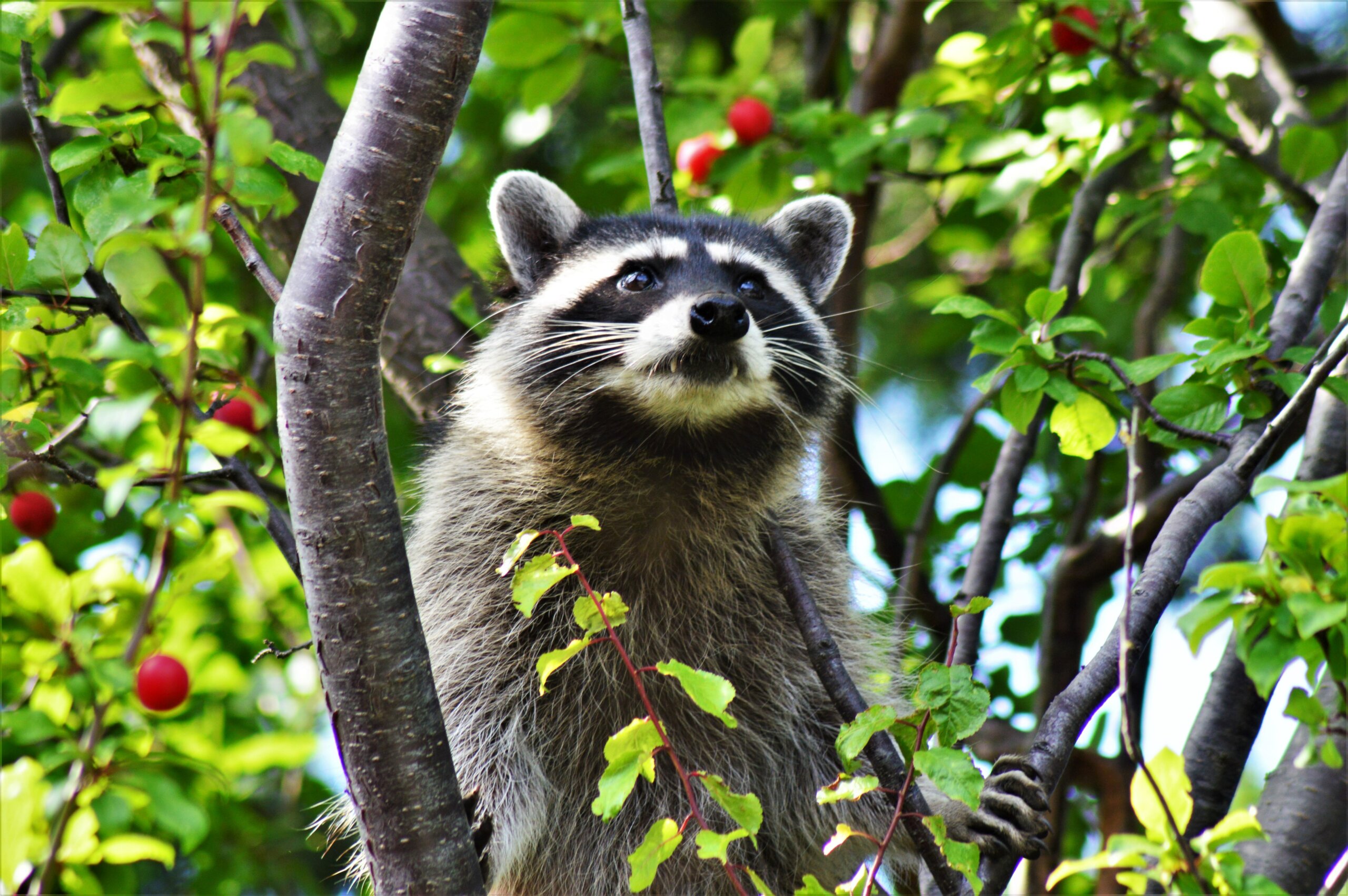A 2014 BBC documentary showed a pod of dolphins playing with a pufferfish, prodding and grabbing it with their beaks while taking great care not to harm it. Playing with the fish is believed to trigger the release of a toxin that the dolphins can ingest. Are they looking for a high or are they just playing?
The pufferfish, also known as the fugu, is known to have the ability to inflate its stomach with water or air when it feels threatened, making it look like a prickly balloon. This fish produces a deadly neurotoxic substance in order to drive predators away. This tetrodotoxin, which comes from bacteria ingested in the fish’s diet, accumulates in their predators’ liver and ovaries, paralyzing the muscles and causing death by respiratory arrest. However, in small doses, it can cause hallucinations. By toying with the pufferfish, the dolphins aim to prompt the release of this psychotropic.
According to Rob Pilley, zoologist and producer of the documentary, the dolphins seemed completely euphoric. This would not be the first time that dolphins have made use of this psychotropic element. On the other hand, other experts argue that this is an anthropocentric over-interpretation of the behaviour.
Mushrooms and plants on the menu
Furthermore, members of the deer family (Cervidae), including caribou and reindeer, are known to be fond of the fly agaric, a toxic mushroom with psychotropic effects. These animals will even go so far as to drink the urine of other individuals that have consumed these mushrooms. They will sometimes start running, wandering around and making noises, even losing their way during their seasonal migrations.
Fermented fruit with comical effects
It’s not just plants or fungi that are consumed as psychotropes throughout the animal kingdom. Some animals, including elephants, will consume the fermented fruit of the marula tree. This South African fruit, which is used to make a popular cream liquor (Amarula), is also highly appreciated by these large mammals. On the other hand, under the effect of these fruits, elephants supposedly become rather unpredictable and aggressive, which raises the question of the advantages of consuming so much of them. Raccoons, birds and squirrels also enjoy these fermented fruits, sometimes to the point of even falling out of the trees! It is hard to say whether or to what extent they put themselves in such a state voluntarily.
A toad prized by poachers
The Colorado River toad, also known as the Sonoran Desert toad (Incilius alvarius), is quite special, not just because it lives in the desert, but also because it is used by some people for recreational purposes. Like many non-endangered species, it is nevertheless threatened by climate change, urban sprawl and pollution. This toad secretes a substance called 5-MeO-DMT, a natural tryptamine product most commonly identified as the primary psychoactive component of the species’ parotid gland secretions. There are even pricey retreats in Mexico during the course of which 5-MeO-DMT is administered for its supposed healing, emotional or spiritual benefits. This substance is also currently being studied as a possible treatment for depression and anxiety, similar to other encouraging research on certain species of plants or mushrooms.
Measuring up to 18 centimetres from snout to the tip of their webbed feet, the toads emerge to feed and reproduce as humidity levels rise. They head toward water bodies or watercourses such as ponds, rivers, streams, irrigation ditches or puddles. Extremely well adapted to their surroundings, amphibians are indicator species of the state of health of their environment.
Scientists are worried that toad poaching may be having negative consequences for the environment. They are also concerned, and rightly so, about the “Global Amphibian Crisis,” which could lead to the extinction of up to 40% of the world’s amphibians within the next 50-100 years… Another issue is the ethics of using animal products, especially when a synthetic alternative is available.









